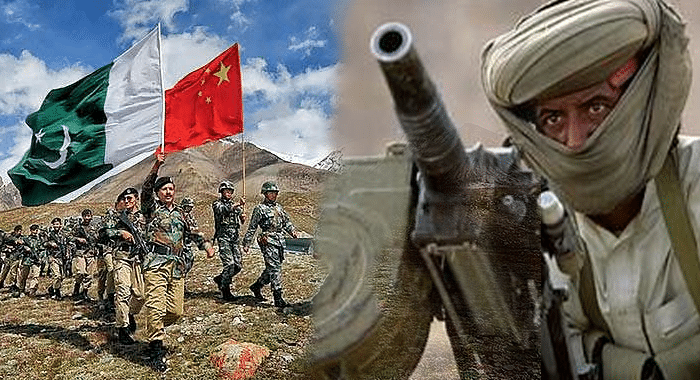As Pakistan faces a growing wave of militant violence in Balochistan, Chinese observers are sounding the alarm over what they view as a coordinated campaign by foreign-backed groups to derail the China-Pakistan Economic Corridor (CPEC) and destabilize the region. While the recent India-Pakistan crisis over Kashmir briefly captured international headlines, it is Balochistan that has taken center stage in Beijing’s strategic calculus.
Between March and May 2025, a string of high-profile attacks by the Balochistan Liberation Army (BLA)—widely seen in Islamabad and Beijing as externally funded—has severely disrupted CPEC operations. These include the March 11 hijacking of the Jafar Express train, the May 2 seizure of Mangochar city, and the May 21 suicide bombing in Khuzdar, each targeting vital transport and infrastructure links. The Mangochar assault alone paralyzed trade routes critical to CPEC, including the Quetta-Karachi Expressway and N-25 Highway. Chinese sources claim that Gwadar Port operations were crippled, with cargo destroyed and shipping halted.
As tensions escalated between India and Pakistan in April following a terrorist attack in Kashmir, Chinese analysts noted a disturbing trend: while the world’s focus turned to Kashmir, Balochistan erupted in coordinated attacks that appeared designed to exploit the chaos. China’s internal discourse has increasingly identified the BLA and other groups as tools of a larger proxy strategy backed by unnamed foreign powers—widely interpreted to include India, the United States, and their regional partners.
More than 60 percent of militant attacks in Balochistan are now reportedly targeting Chinese interests directly. These threats have driven up CPEC project costs by over 23 percent, forcing Chinese companies to spend heavily on private security and hardening of infrastructure. According to internal Chinese estimates, building a substation in Balochistan now requires a security deployment twice the size of the engineering staff—an unsustainable ratio for long-term investment.
Beyond economic concerns, the strategic fallout is also stark. The Chinese government views the destabilization of Balochistan not as a localized insurgency, but as a deliberate attempt to strike at the heart of China’s Belt and Road Initiative (BRI). A recent Chinese policy article described Balochistan as “the eye of the geopolitical storm,” where CPEC’s future—and by extension, China’s regional influence—is being tested by asymmetric warfare and hybrid threats.
China has responded with a flurry of diplomatic engagements. From April 26 to May 19, it held five rounds of calls and two face-to-face meetings with Pakistan, followed by high-level trilateral talks with Afghanistan and Iran. Alarmed by Tehran and Kabul’s outreach to India during the height of the crisis, Beijing accused both countries of undermining the China-Pakistan strategic alliance. In retaliation, Chinese commentators floated the possibility of increasing pressure on these nations through multilateral platforms and economic leverage.
Within China, a fierce debate is emerging: should Beijing double down on arming Pakistan to suppress Baloch militants with military force, or should it adopt a more nuanced strategy, using economic incentives to pacify unrest? Both approaches carry risk. Heavy Chinese involvement in military operations could inflame local resentment, while outreach to Baloch groups risks alienating Islamabad.
Adding to the complexity is growing recognition—even among Chinese commentators—of the deep-rooted economic and political grievances in Balochistan. Despite being home to some of Pakistan’s richest natural resources, the province lags far behind in education, infrastructure, and income. Some Chinese analysts are beginning to acknowledge that CPEC’s success depends not just on security, but also on equitable development.
For Pakistan, the Balochistan insurgency has now become a full-spectrum national security crisis. What was once viewed as a domestic rebellion is now being shaped by external interference, strategic rivalries, and great power competition. Islamabad’s partnership with Beijing is under unprecedented strain—not due to lack of alignment, but because the very artery of that alliance, CPEC, is now in the crosshairs of hostile actors.
As China reassesses its South Asia strategy, and as Pakistan tightens its grip on restive regions, the battle over Balochistan is no longer just about autonomy or insurgency—it is about the future of regional order. Going forward, Balochistan, not Kashmir, is likely to remain the true front line of strategic contestation in South Asia.





